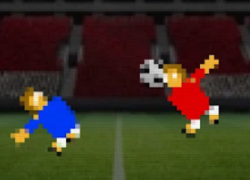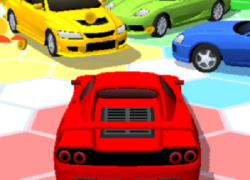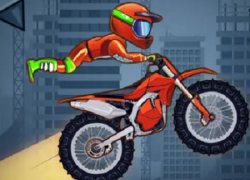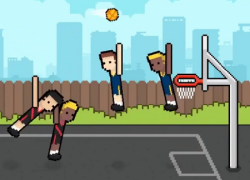Subway Surfers places the player on active train tracks, locked in a continuous sprint through a crowded urban system. Movement is handled through swipes that control lane switching, jumping, and sliding—all of which are needed to avoid oncoming trains, barriers, and other hazards. The longer the run lasts, the faster the pace becomes, reducing the time to react and demanding sharper focus. A guard gives chase from the start, adding urgency to every move. One mistake, and the run ends, resetting the score but preserving collected currency.
Collectibles, Tools, and Unlockables
Coins picked up during runs serve as the main resource for unlocking tools and enhancements. Temporary boosters like coin magnets or score multipliers appear during play, while hoverboards offer a brief shield against crashes. These tools extend survival time but require thoughtful use. Outside of the run, players can unlock alternate characters and gear using in-game rewards, offering visual changes without affecting gameplay. Missions and score goals provide structure, pushing players to complete tasks beyond simply staying alive.
Visual Rotation and Platform Design
Subway Surfers uses rotating visual themes to keep the setting fresh, often tied to seasonal or regional updates. While the track layout remains fundamentally the same, these shifts in background and color give each session a slightly different tone. The interface is built around mobile input, allowing for fast sessions with minimal downtime. It’s easy to start, quick to restart, and built for players looking to improve timing through repetition. With no pause between failure and retry, the game emphasizes constant motion over reflection.













